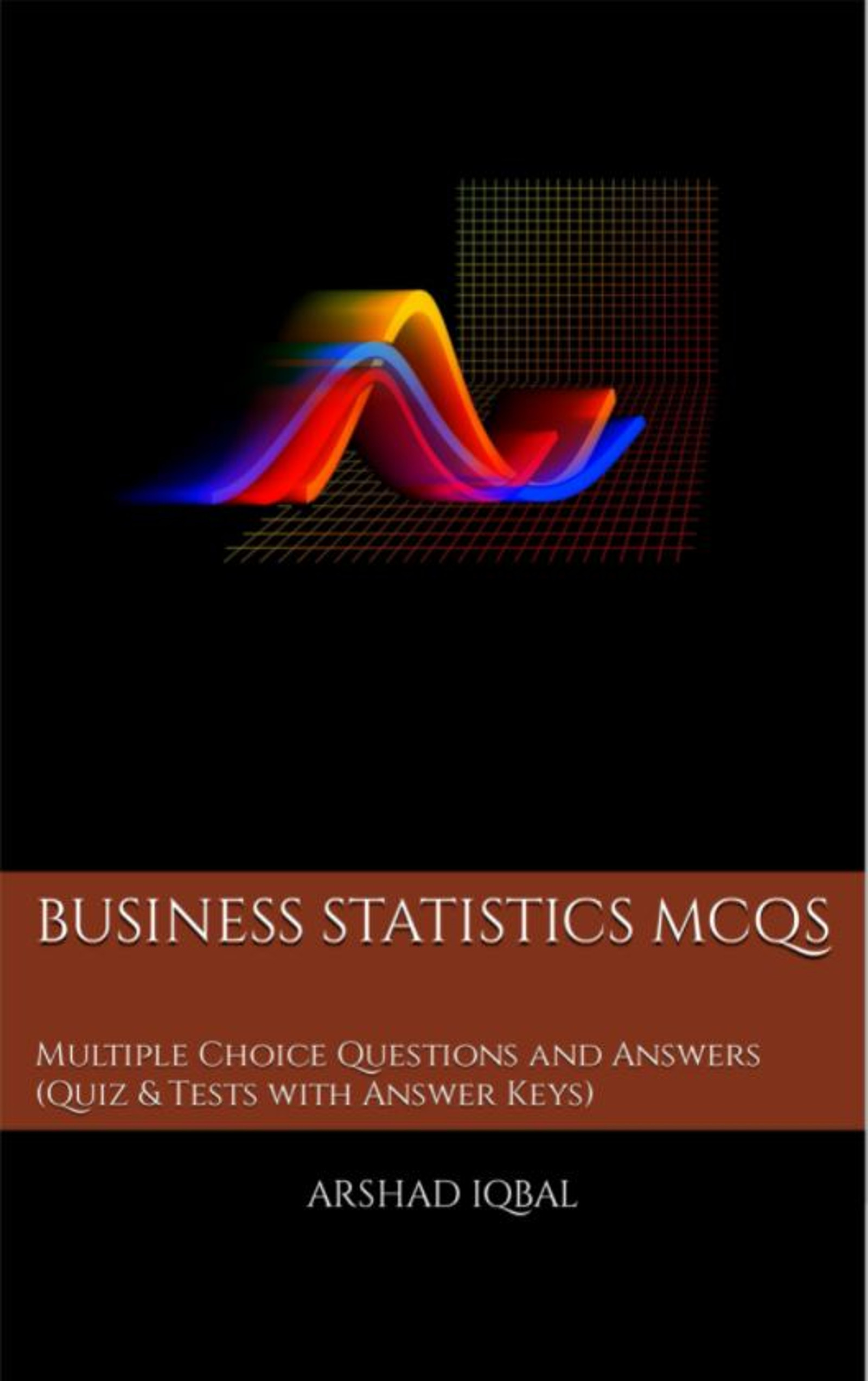BBA Business Statistics MCQs: Chapter 3
Introduction to Probability Multiple Choice Questions (MCQs) PDF Download - 1
The Introduction to Probability Multiple Choice Questions (MCQs) with Answers PDF (Introduction to Probability MCQs PDF e-Book) download Ch. 3-1 to study BBA Business Statistics Course. Practice Probability Experiments MCQs, Introduction to Probability Notes questions and answers PDF for online business and administration degree. The Introduction to Probability MCQs App Download: Free BBA Business Statistics App to study multiplication rules of probability, relative frequency, types of events career test to study business analyst courses.
The MCQ: The way of getting information from measuring the observation whose outcomes occurrence is on chance is called "Introduction to Probability" App Download [Free] with answers: random experiment, beta experiment, alpha experiment, and gamma experiment to study business analyst courses. Solve Comparison: Measures of Central Tendency Quiz Questions, download Google e-Book (Free Sample) for online bachelor's degree in business administration.
Introduction to Probability MCQ with Answers PDF Download: Quiz 1
The way of getting information from measuring the observation whose outcomes occurrence is on chance is called
- beta experiment
- random experiment
- alpha experiment
- gamma experiment
The probability of second event in the situation if the first event has been occurred is classified as
- series probability
- conditional probability
- joint probability
- dependent probability
The probability which is based on the self-beliefs of the persons involved in the experiment is classified as
- subjective approach
- objective approach
- intuitive approach
- sample approach
In probability theories, the events which can never occur together are classified as
- collectively exclusive events
- mutually exhaustive events
- mutually exclusive events
- collectively exhaustive events
The joint probability of the independent events J and K is equal to
- P(J) * P(K)
- P(J) + P(K)
- P(J) * P(K) + P(J-K)
- P(J) * P(K) - P(J * K)
BBA Business Statistics Mock Tests
Introduction to Probability Study App: Free Download iOS & Android
The App: Introduction to Probability MCQs App to study Introduction to Probability Notes, Business Statistics MCQ App, and Marketing Principles MCQs App. The "Introduction to Probability" App to Free Download Business Statistics MCQ Apps (Android & iOS) to study business analyst courses. Download App Store & Play Store study Apps with all functionalities for online bachelor's degree in business administration.

